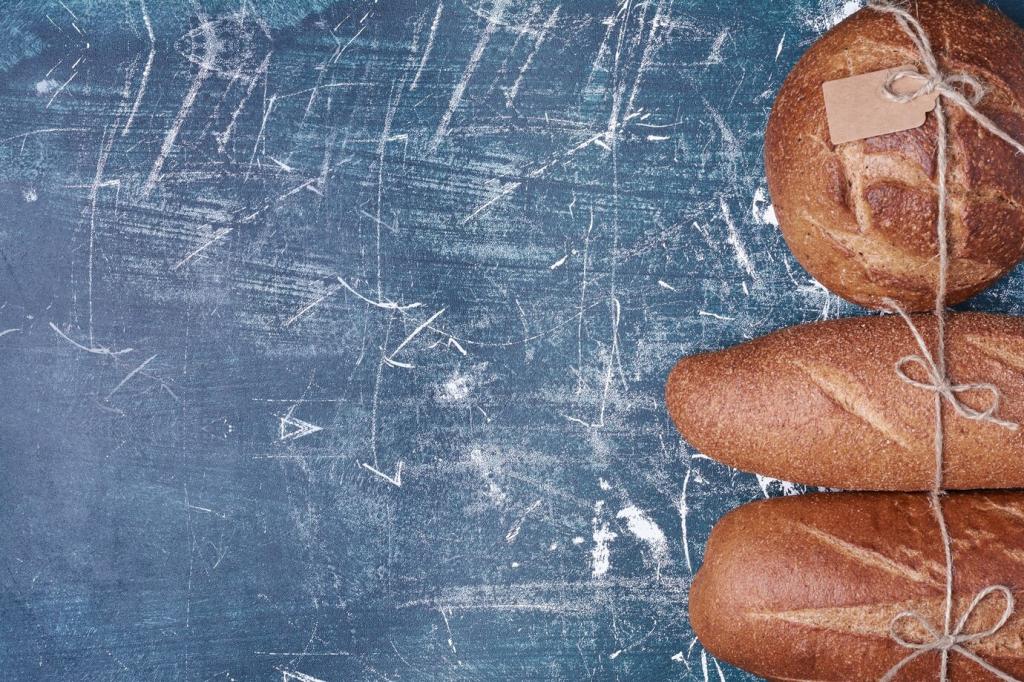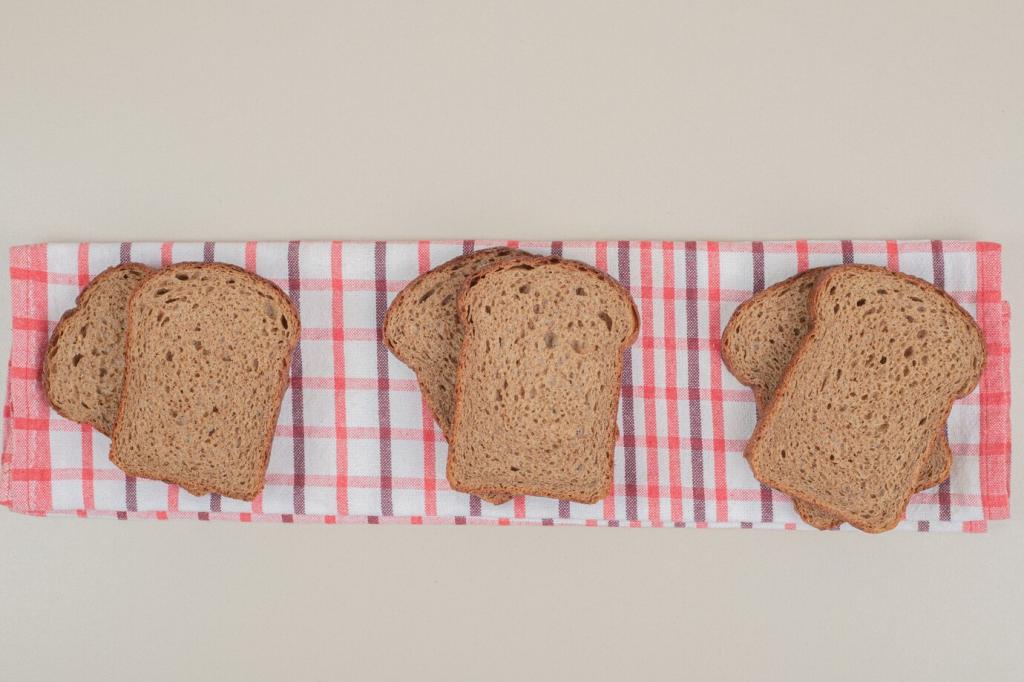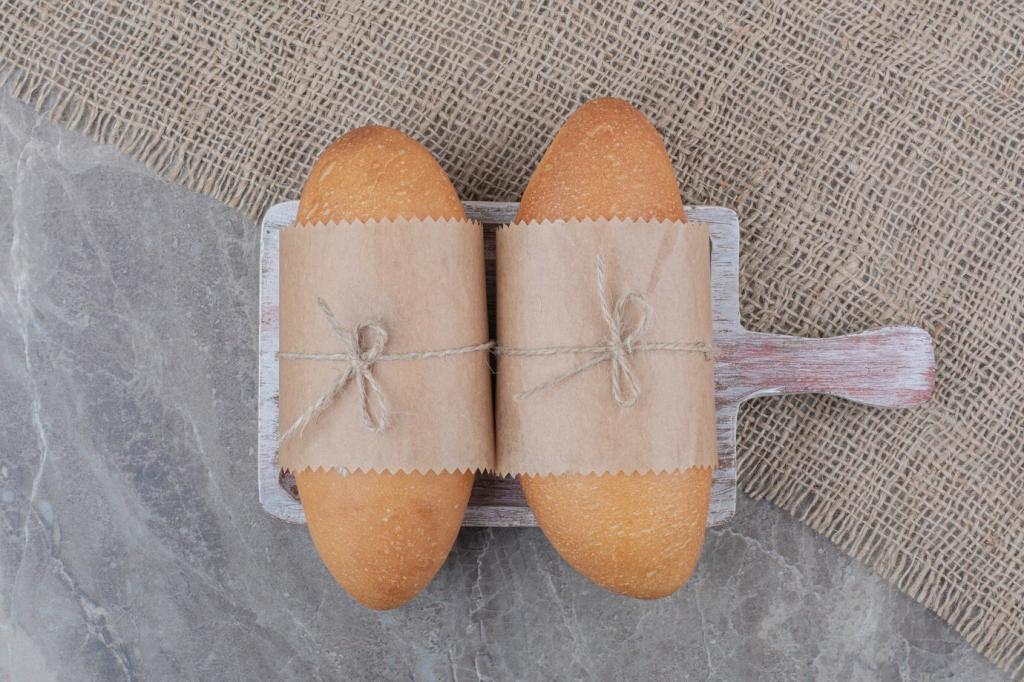Step-by-Step Guide to Baking Sourdough Bread
Chosen theme: Step-by-Step Guide to Baking Sourdough Bread. From flour and water to a crackling crust, this friendly guide walks you through every stage with confidence, warmth, and encouragement to experiment, ask questions, and subscribe for weekly sourdough inspiration.
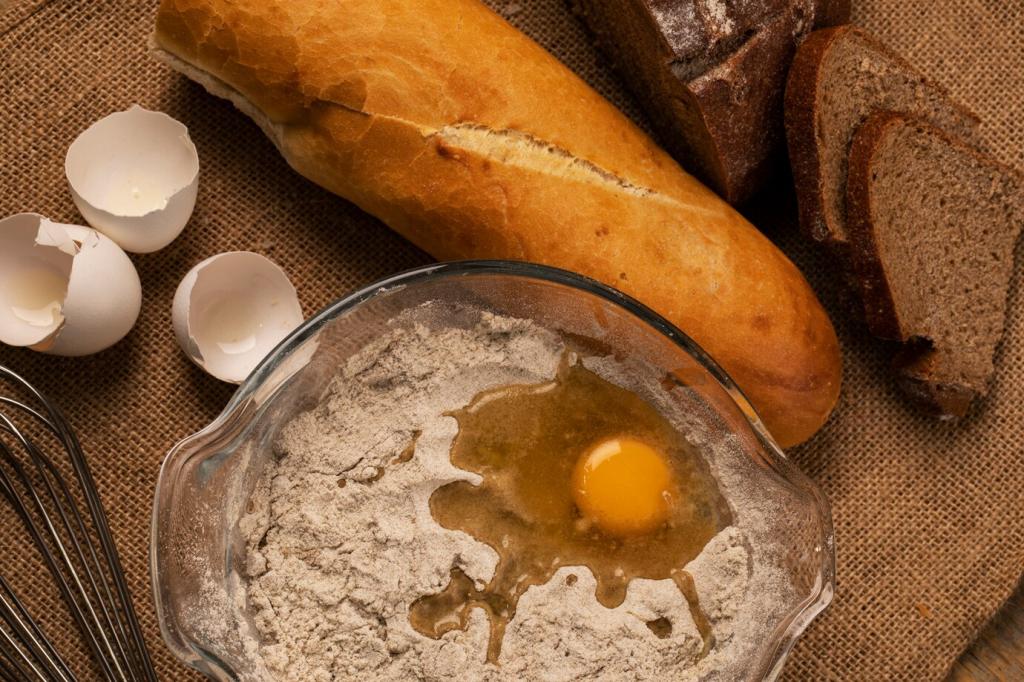
Understanding and Strengthening Your Starter
Flour and Water, a Living Partnership
Blend unbleached flour and chlorine-free water to nurture a balanced ecosystem of wild yeast and bacteria. Whole grain feeds boost vigor. Keep a consistent ratio and temperature, and record observations daily to learn your starter’s unique rhythms.
Feeding Schedule That Fits Your Life
Whether you feed twice daily at room temperature or keep it in the fridge for weekly bakes, consistency matters most. Choose a schedule you can honor, and tell us your routine so others can learn and subscribe for practical planning ideas.
Reading the Signs of Strength
Look for a predictable rise and fall, abundant bubbles, a pleasantly tangy aroma, and a domed surface. A float test can help, but experience matters more. Share a photo of your peak rise time and compare notes with fellow sourdough bakers.
Autolyse and Mixing Fundamentals
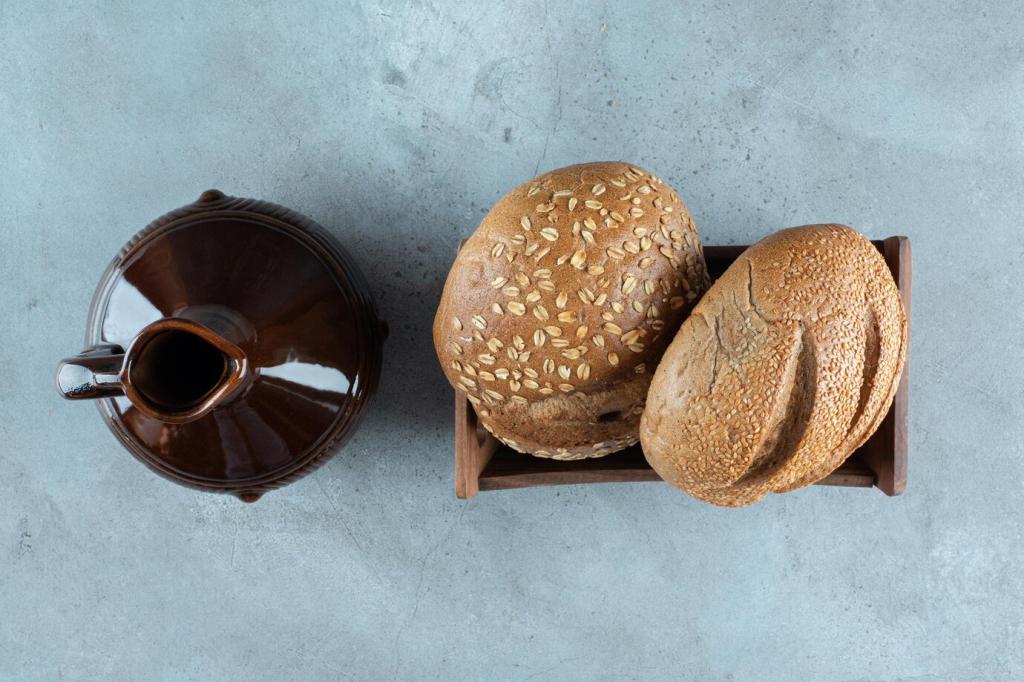
Combine flour and water until no dry bits remain, then rest for twenty to sixty minutes. Enzymes begin converting starches, gluten aligns, and mixing becomes gentler later. Try a side-by-side and share results to help newcomers see the difference.
Bulk Fermentation: Building Strength and Flavor
Temperature Control Guides the Pace
Aim for a dough temperature around seventy-eight degrees Fahrenheit for balanced activity. Warmer rooms accelerate fermentation; cooler slows it. Use a probe thermometer and note timelines. Post your climate challenges so we can brainstorm solutions together.
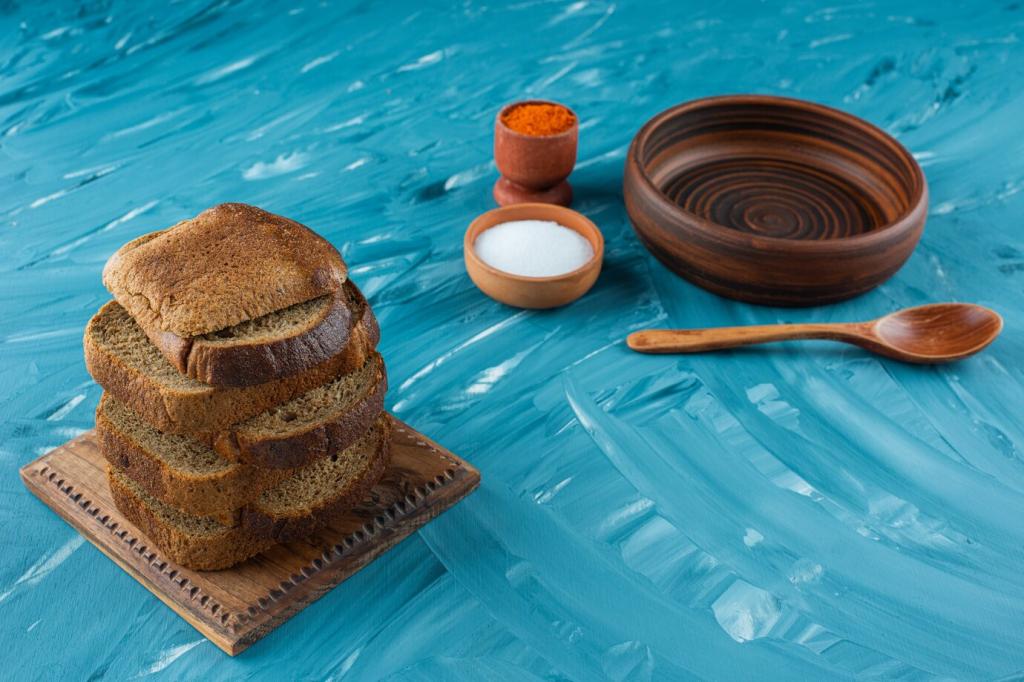
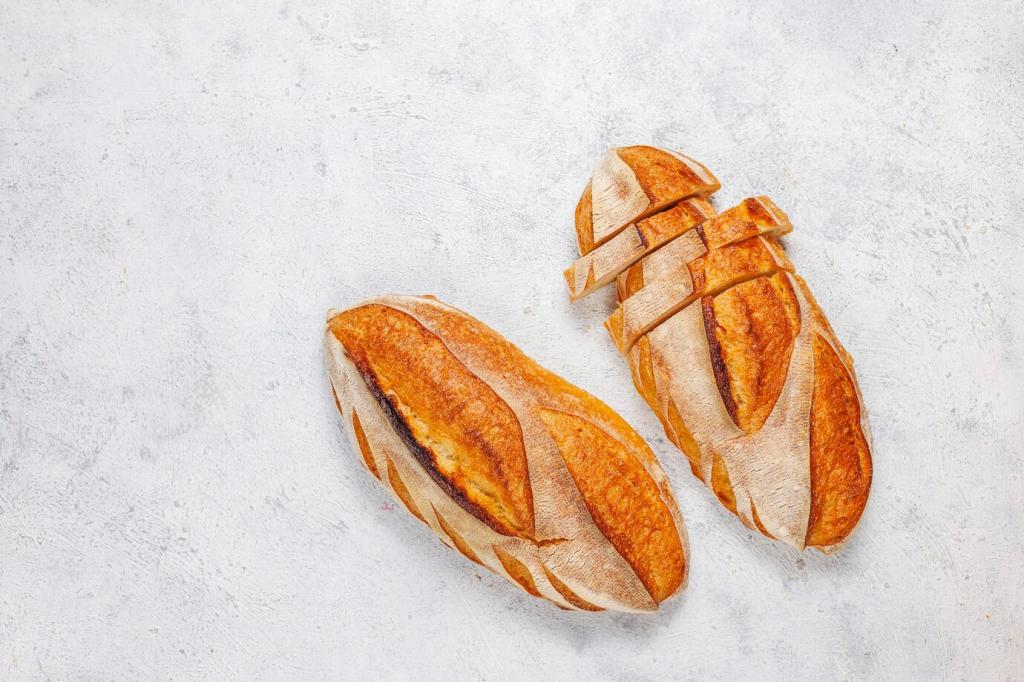
Folding Methods That Lift the Dough
Perform stretch and folds or gentle coil folds every thirty to sixty minutes early in bulk. Each set layers strength, aligning gluten without tearing. Describe your folding cadence in the comments and compare structure, bubbles, and final loaf volume.
Create Tension Without Tearing
Gently round the dough during pre-shape, rest, then tighten during final shape with smooth, purposeful motions. Use a bench scraper and light flour. Tell us which move finally clicked for you so others benefit from your breakthrough.
Bench Rest Sets You Up for Success
Let the pre-shaped dough relax for fifteen to twenty minutes. This short pause makes final shaping easier, preventing rips. If your dough spreads, shorten rest or strengthen earlier. Share your rest timing and results to help fellow readers.
Bannetons, Bowls, and Liners
Dust bannetons with a blend of rice flour and wheat flour to prevent sticking. No banneton? A towel-lined bowl works. Compare patterns from cane baskets and post photos of crumb swirls. Subscribe for a guide to creative proofing vessels.
Proofing: Room Temperature or Cold Retard
Gently press a floured finger into the dough. If the indentation slowly springs back, you are near ready. Fast rebound means underproofed; no rebound suggests overproofed. Tell us how this test aligns with your experience across different flours.
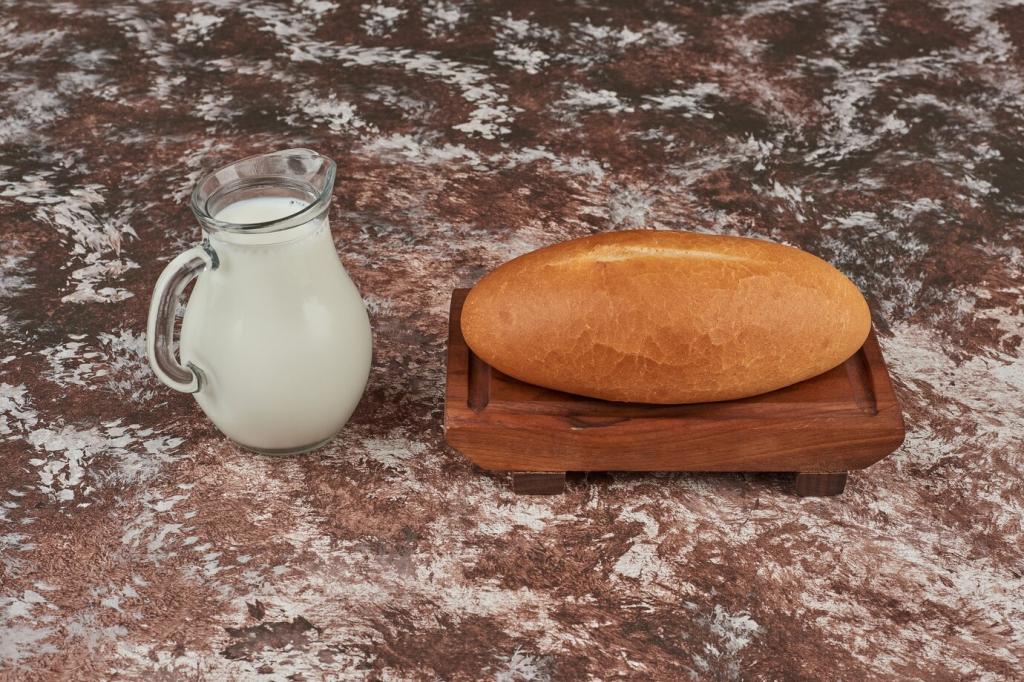
Proofing: Room Temperature or Cold Retard
Underproofed loaves burst erratically; overproofed ones deflate and taste flat. If unsure, bake a small test roll. Report your observations and subscribe for a printable decision tree to guide proofing calls when time runs unexpectedly short.
Scoring and Baking for Beautiful Oven Spring
Preheat a Dutch oven or steel thoroughly to ensure rapid oven spring. Trap steam early, then vent to crisp. If your crust is pale, extend the bake or increase final temperature. Share adjustments that made your crust finally sing.
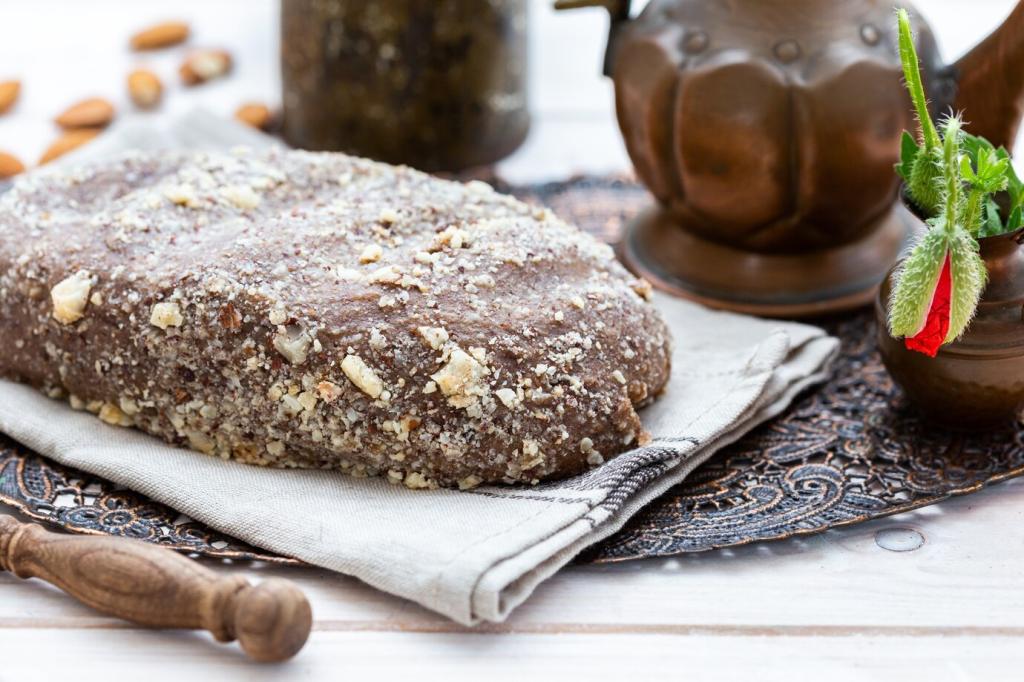
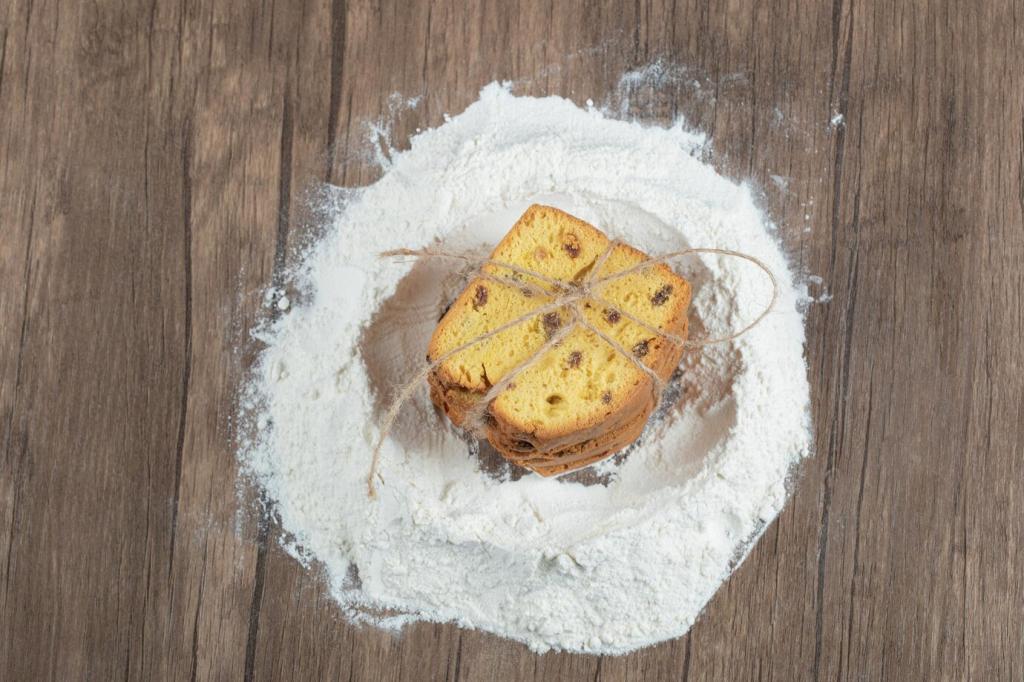
Scoring and Baking for Beautiful Oven Spring
Hold the blade shallow for an ear, deeper for decorative slashes. Score swiftly and confidently on chilled dough. Practice on spare dough pieces. Post before and after photos, and encourage newcomers who are nervous about that first decisive cut.
